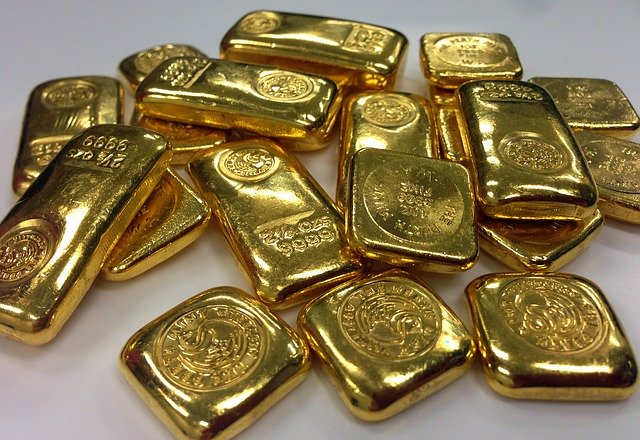One of the most widely touted inflation hedges isn’t acting quite the way that investors had hoped.
Gold ETFs like the SPDR Gold Trust (GLD) and the iShares Gold Trust (IAU) are down 2.3% even as inflation runs at its highest level in close to four decades.
Spot gold
That’s a disappointing outcome for investors, who have added $4.3 billion to the top 10 gold ETFs since the start of the year.
TickerFundYTD InflowsGLDSPDR Gold Trust$1,922.15MGLDMSPDR Gold MiniShares Trust$997.57MIAUiShares Gold Trust$742.20MIAUMiShares Gold Trust Micro$218.56MSGOLAberdeen Standard Physical Gold Shares ETF$136.71MAAAUGoldman Sachs Physical Gold ETF$70.47MOUNZVanEck Merk Gold Trust$63.48MGDXUMicroSectors Gold Miners 3X Leveraged ETN$60.52MFGLDFranklin Responsibly Sourced Gold ETF$26.41MRINGiShares MSCI Global Gold Miners ETF$22.79M
Source: ETF.com Screener
Gold has been sold as a commodity that preserves its value against inflation, yet if it can’t rise in an extraordinary year for inflation like 2022, it calls into question that entire thesis.
On an inflation-adjusted basis, gold prices reached their recent peak in mid-2020. Since then, they’ve lost a quarter of their value. The record inflation-adjusted high for gold prices was reached in 1980, when inflation was raging at double-digit levels.
Inflation-Adjusted Gold Price
Still outperforming
Gold bulls might argue that this year’s modest decline in gold prices is actually a good showing for the precious metal in the context of the large declines seen in financial markets. At their worst point, the S&P 500 ETF Trust (SPY) and the iShares Core U.S. Aggregate Bond ETF (AGG) were down by 22.5% and 12.5%, respectively.
YTD returns
Compared to that, gold has solidly outperformed, and bulls could argue that makes the metal a good portfolio diversifier. Still, unlike stocks and bonds, gold offers investors no yield, and its value primarily comes from its aesthetic properties and the collective belief that it’s something that’s valuable.
That collective belief is obviously still there, though it’s weakened in recent years as bitcoin and other cryptocurrencies entered the scene and stole some of gold’s appeal as a store of value.
Gold up in foreign currencies
Another defense of metal centers around the idea that the gold market is global.
While prices for gold are down a little more than 2% in U.S. dollars, gold prices are up when translated into most other currencies.
In euros and pounds, gold is up around 8%; in yen, it’s up 13%. So anyone holding gold or gold ETFs outside of the U.S. is probably pretty content with their performance.
Gold has shown this year that it’s too volatile to be an inflation hedge. While you could make the case that it’s maintained much of its value over very long periods of time—multiple decades or even centuries, it doesn’t necessarily do so over the time periods investors care about: months, years or even a few decades.
A more reliable inflation hedge would be the Treasury inflation-protected securities you find in ETFs like theVanguard Short-Term Inflation-Protected Securities ETF (VTIP), which compensate investors directly based on the consumer price index.
And for multiyear periods, you might as well invest in assets that can not only hold their value against inflation but grow their value against inflation—like stocks.
This story was originally published on ETF.com
Related articles





